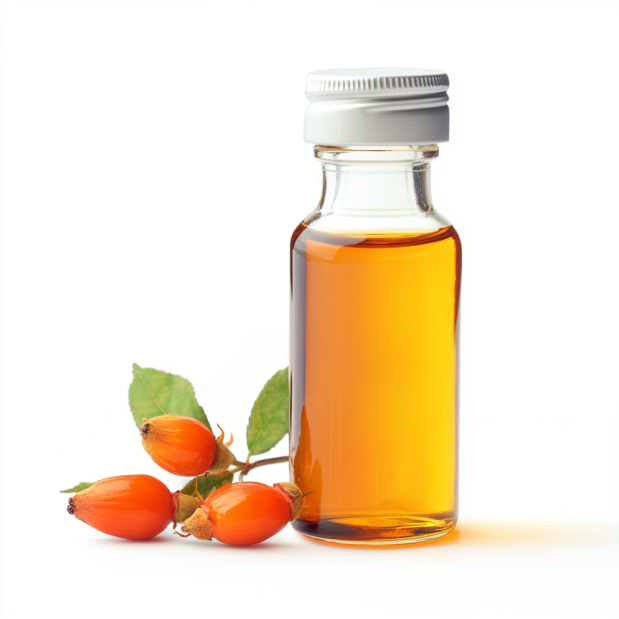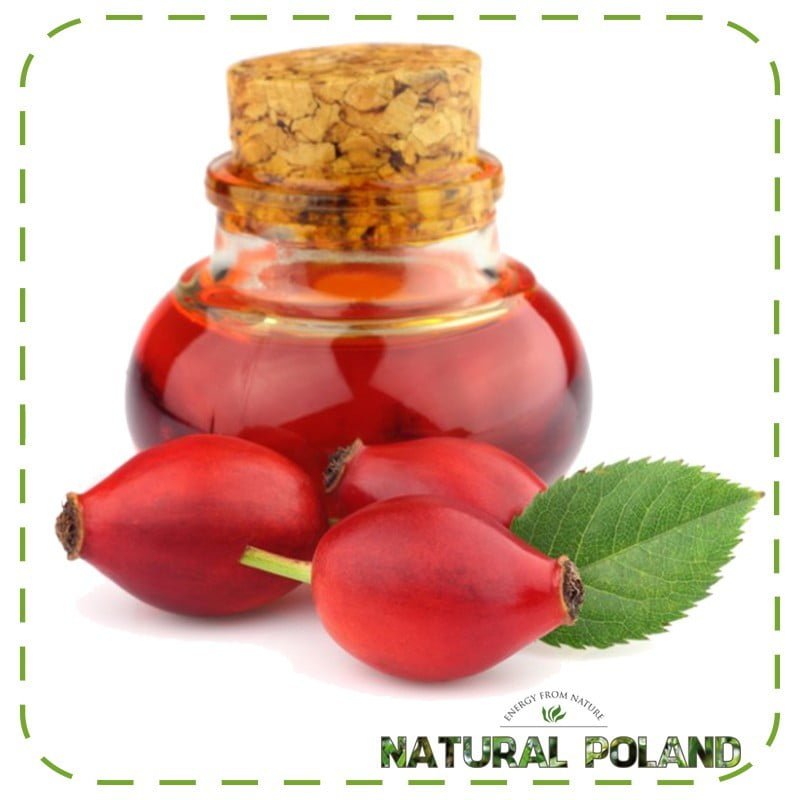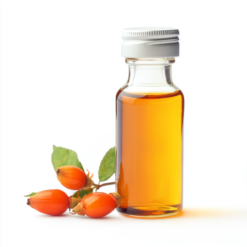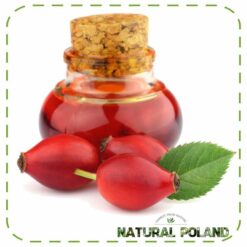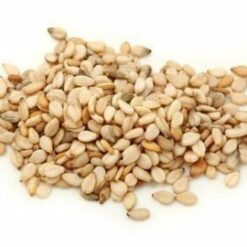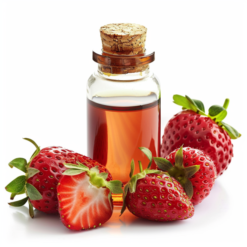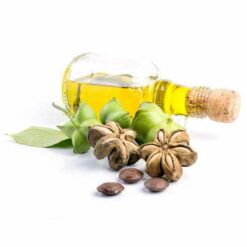Composition of rosehip oil
This oil is rich in natural components such as essential fatty acids (EFAs), vitamins C, A and E, flavonoids and retinoic acid. The relative mass proportion of fatty acids is as follows:
| Palmitic Acid (C 16:0) | 6,9% |
| Palmitoleic (C 16:1) | 0,12% |
| Stearic Acid (C 18:0) | 4,5% |
| Oleic Acid (C 18:1) | 22,3% |
| Linoleic Acid (C 18:2) | 47,1% |
| Linolenic Acid (C 18:3) | 17,0% |
| Arachidic acid (C 20:0) | 0,22% |
| Eicosenoic acid (C 20:1) | 0,12% |
| Behenic acid (C 22:0) | 0,4% |
| Lignoceric acid (C 24:0) | 0,3% |
Properties:
Rosehip oil has regenerative, moisturizing and anti-aging properties. The high content of linoleic and linolenic fatty acids helps rebuild the skin’s protective barrier, accelerates the healing of scars, levels stretch marks and reduces the appearance of wrinkles. Antioxidant-rich vitamin C counteracts skin aging, and its natural form, which does not react with iron, protects against toxic free radicals. This makes the oil extremely safe for the skin and non-irritating.
Application:
The product is perfect for all skin types, especially dry, mature and sensitive skin. It does not clog pores, so it is also suitable for oily and acne-prone skin. Its regular use improves skin elasticity, evens out skin tone, and reduces blemishes and scars. The oil is also ideal for hair care – it moisturizes, strengthens and improves elasticity. It can be applied directly to the skin, hair or as an additive to skin care products such as creams, lotions and masks. It has a gentle effect and can be used even on sensitive areas, such as the eye area. Rosehip oil is often called the “oil of youth” because it effectively helps keep skin radiant, healthy and youthful.




